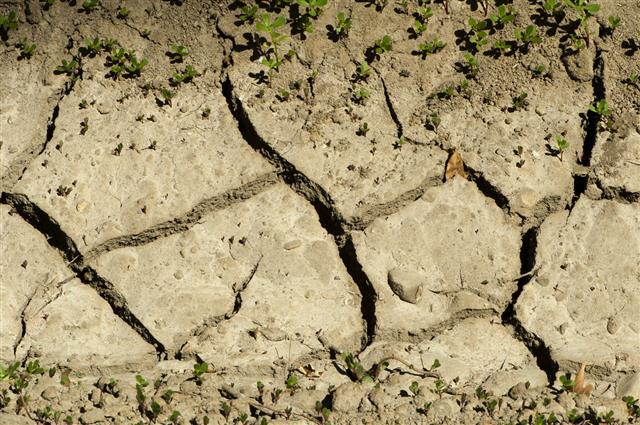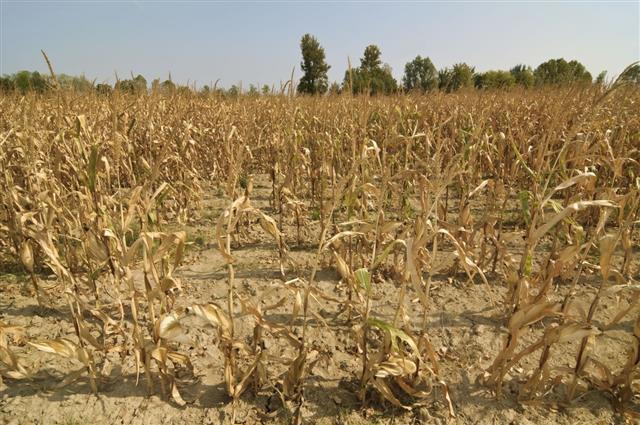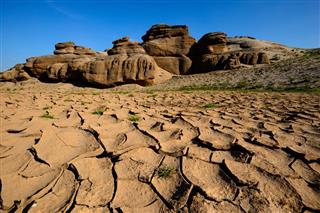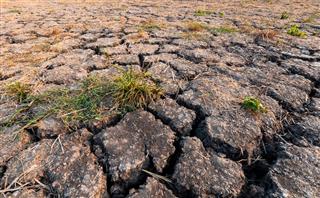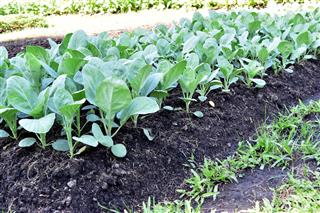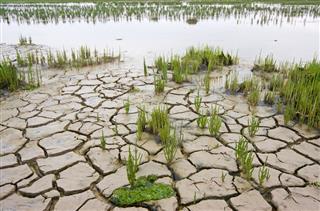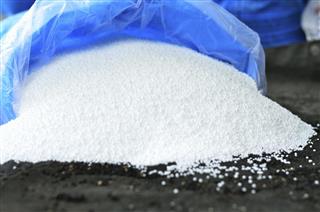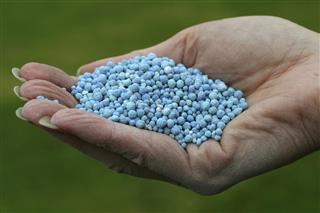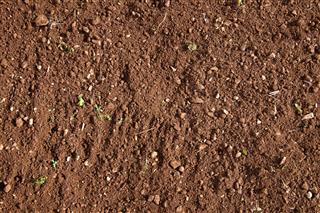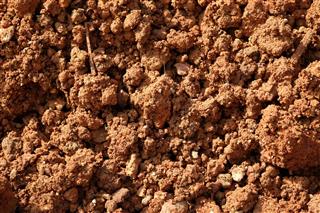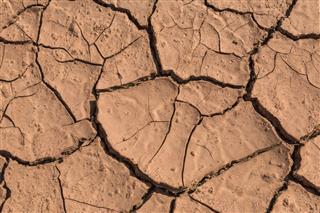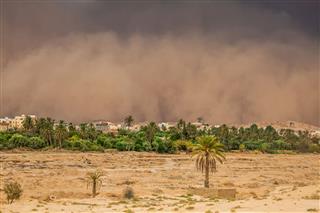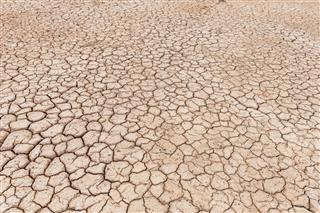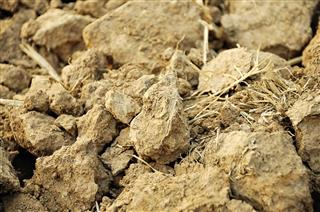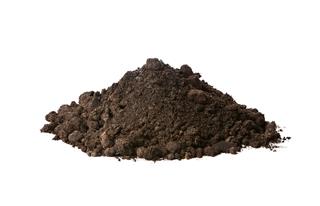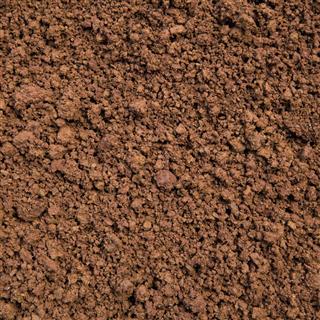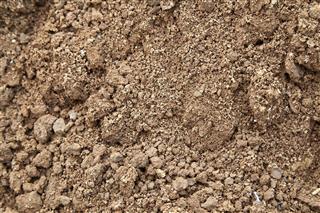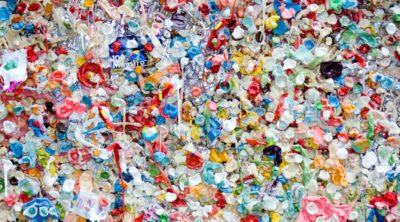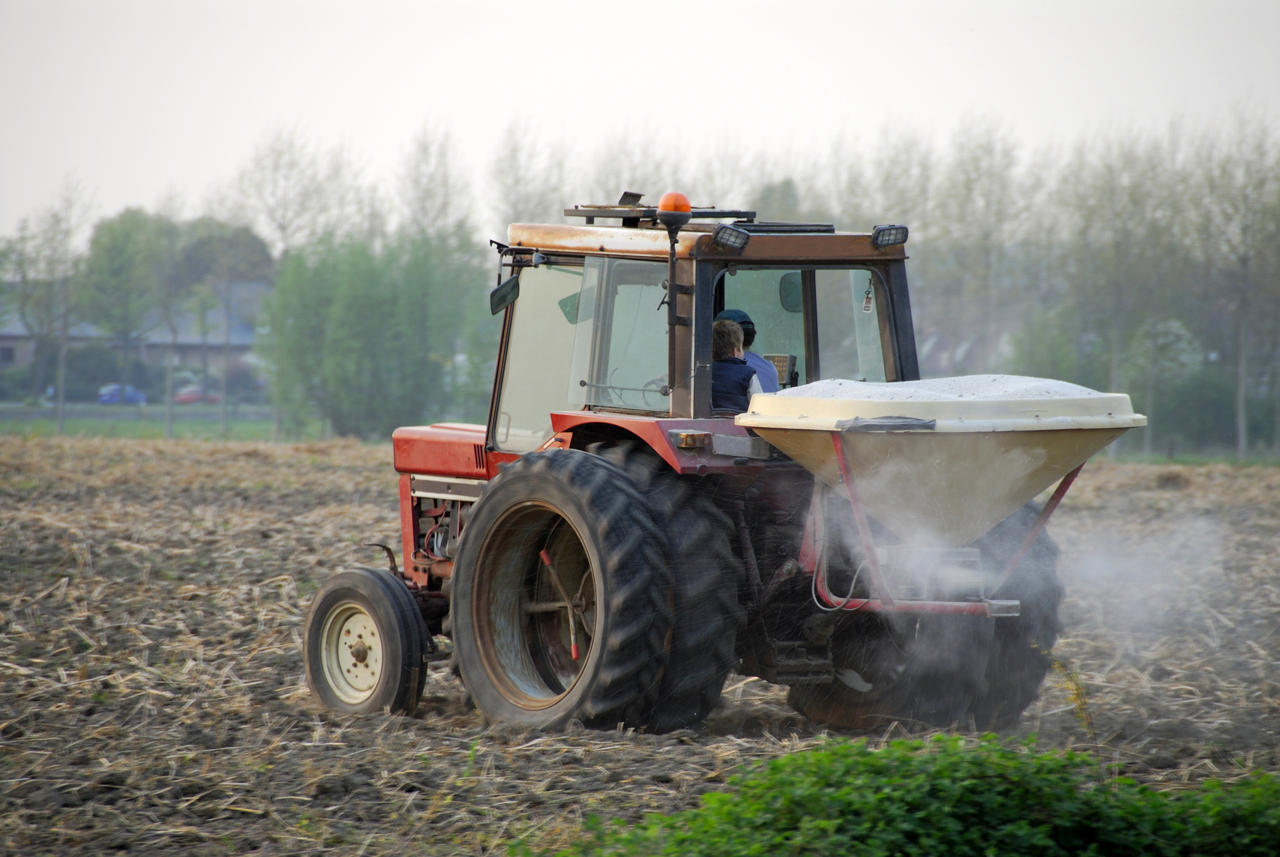
The use of fertilizers has helped mankind yield massive crop production to meet the food supply of the growing population. However, in order to do so, we have disregarded the adversity that lies ahead in its worst form. This HelpSaveNature article throws light on how do fertilizers affect the environment and those who reside in it.
Fertilizers have become an indispensable part in agriculture and farming. These substances, both synthetic and organic, are added to the soil in order to increase the supply of essential nutrients that boost the growth of plants and vegetation. With the rapid increase in global population, the demand of food has also been rising tremendously. Statistics show that almost 40 to 60 percent of agricultural crops are grown with the use of different types of fertilizers. Not only this, more than 50 percent of the population feeds on crops that are grown as a result of using synthetic fertilizers.
With the food supply being met, and our private lawns looking as lush and green as possible, we tend to neglect the long-term detrimental effects of using fertilizers so lavishly. Agreed, some steps have been taken by authorities to minimize their ill effects, and people are being encouraged to use organic fertilizers instead of the synthetic ones. Organic fertilizers are invariably a better option, however, they are not the ultimate solution. According to the National Geographic website, “Organic fertilizers also contain nitrogen and phosphorus that can wash off into waterways. And just like conventional fertilizers fortified with synthetic ammonia, manure and guano (bird droppings) both have high levels of naturally occurring ammonia that can ‘burn‘ plants.“
Mother nature has always taught us to balance, and still continues to do so. If we eat a lot, our body goes out of shape and tells us to exercise and come back to our ideal circumference. When we exercise too much, our body tells us to slow down and relax. The cold of the winter is always counteracted by the warmth of the sun. Nature constantly works till a balance is attained, but that’s just mother nature, not human nature!
We all are living with the consequences of environmental imbalance. A classic example for the same would be global warming. The reasons attributed to this global threat are nothing but the mindless actions of human civilization―deforestation, greenhouse effect, soil erosion, all being the results of the same. Speaking of the use of fertilizers, these chemicals and minerals undoubtedly help in boosting the growth of plants, but our environment is paying a huge price for the same, the burden of which will be shared by one and all in the long run. Mentioned below are some key points highlighting how fertilizers negatively impact the environment.
In addition to altering the pH levels, synthetic fertilizers also tend to kill the beneficial microorganisms present in the soil that are essential for plant production and overall soil health. This makes agricultural growth highly dependent on fertilizers because the exposure to these substances has killed the natural ability of the soil to be potent, and without additional treatment, the soil lacks the nutrients essential for vegetation.
You would be surprised to know that almost 50% of the lakes in the United States are eutrophic! A major contributing factor for the same is the use of fertilizers in private lawns. The nitrogen present in fertilizers breaks down into nitrates and reaches the groundwater. This contaminated groundwater can reach the lakes and rivers in the nearby vicinity, and also pollute the domestic water supply. The adverse effects of this on humans is discussed further in this article.
Most fertilizers use peat as a crucial ingredient. Peat bogs tend to store greater amount of carbon dioxide than the tropical rainforests of the entire world. Harvesting these could worsen the concentration of carbon dioxide in the atmosphere, making matters even worse.
Treating the soil with too much of nitrogen also leads to loss of certain plant species, especially those with less nitrogen needs. It also encourages the growth of weeds and nonnative plants. According to the Ecological Society of America, the nonnative grasses are highly flammable, and have a potential risk of catching wildfires, thereby, posing a threat to the environment.
Other health hazards linked with the contact or consumption of fertilizer-infected air, water, or food include goiter, hypertension, respiratory ailments, heart disease, etc. Interestingly, nitrogen contamination from fertilizers has also been established as a crucial trigger for certain cancers, such as, gastric cancer, testicular cancer, and stomach cancer.
The use of fertilizers for agricultural growth and cultivation is keeping our stomach filled for now, but then, if things keep progressing in the same manner, it won’t be long when all will be lost―food, water, and health. The irony of it all is that as harmful the use of fertilizers is, we have come to a point where we cannot afford to not use them at all. This is because the lack of these would not only lead to less crop production, but also lead to soil erosion due to lesser plant growth. The only option we have is to use organic fertilizers in moderation, and take necessary steps to allow the soil to replenish its lost nutrients naturally.
With the current situation, it becomes indispensable to address the need of the hour, and take every rightful step to control the damage done so far. The more we educate ourselves in this subject and analyze our options, the more beneficial it would be to our environment. For now, let’s begin with some small and simple steps such as, not using fertilizers lavishly, not using them during the rainy season, and avoiding excessive irrigation. Reversing the damage done would take decades, but the least we can do is to start the healing process―now!
